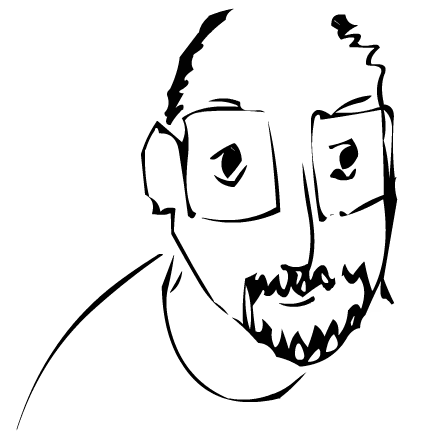I've written and written and yet, the moment I sit down to write something new, I almost feel as if I've never written anything before. A product of the "cult of originality," I still harbor the sense, at some very persuasive level, that as far as writing is concerned, every day is a brand new day and any worthwhile writing must come as an inspired bolt from the blue.
This misguided view of writing plagued me even when I began to write my doctoral dissertation. The belief that the words I needed to write would appear on my computer screen if only I would sit and wait for them to pop into my head led not to productive writing sessions but, on the contrary, to discouragement and disgust.
Writing that dissertation did not have to be such a struggle. Unfortunately, I had to live through the ordeal in order to learn how to surmount it. The answer I found was a "three way" writing process that short circuited my wish for devine electricity and brought power to my writing (and thinking) through practical and attainable means.
It's not a hard process to understand or enact. It just took me a while to get there. In order to adopt this method of writing I had to learn to trust my own mind and to realize another thing: when writing, it is not necessary to reinvent the wheel. What you want to do is find yourself a wheel and improve it.
To put it as plainly as possible, when you follow a "three way" approach to writing, you switch among loose writing, mindmapping, and carefully studying a generically appropriate prose model about a topic other than the one you are writing about. The model text is the wheel you will improve.
Here's what to do:
- Spend time researching your topic. Take many notes. Learn deeply.
- Read your model text. Analyze it rhetorically. In other words, pay attention not to what it says but how it says it. Most importantly, list all the implied questions it answers. Ask yourself the same questions about your topic.
- Write for yourself. Write nonstop in ten minute sprints, regroup, and write again.
- After you've written a while, switch to mind mapping. Map what you've written. Extend your thoughts. Ask your map questions derived from your model text. Then, if you feel moved to, do some more nonstop writing.
- Step back. Consider your model as a pattern. What does each line or paragraph do? What purpose does it serve? Does the pattern of your model text fit your thoughts? If not, how can you alter the pattern to meet your needs? How can you turn a wagon wheel into a whitewall?
- Write your report or what have you based on the pattern at which you've arrived. Don't worry if the pattern changes as you write. Don't worry if your whitewall turns into a four ply Greenball tractor tire. You wouldn't put whitewalls on a tractor, would you?
The point is that one can enter into a productive partnership with a piece of writing so that the model text acts as a foil for one's own thinking about something else. That the model exists can give one courage in the face of wordlessness. "Hey, if that guy did it, so can I!" One can make writing a toe-to-toe, word-to-word competition with one's model. Writing as blood sport, or, less violently, writing as duet.
For me, the shift from study to quick writing to
mindmap to careful writing is important. Each phase serves a purpose. Study prepares my mind. Quick writing primes it. Mind Mapping lets me reconsider what I thought. Working with (or against) a
model text helps me plan and develop the public presentation of my ideas. Careful writing of the final product is the step of fruition. However, I may, at any time during the last step, reenter any of the previous steps, like a bather going back for one more dip in the pool.
Had I not stumbled on this "three way" writing process I surely never would have finished my dissertation. And ever since I found it, when the time comes to write, I never sit and wait for a muse to show up with a whitewall. Instead I start with a wagon wheel, grab my white paint, and get to work.



